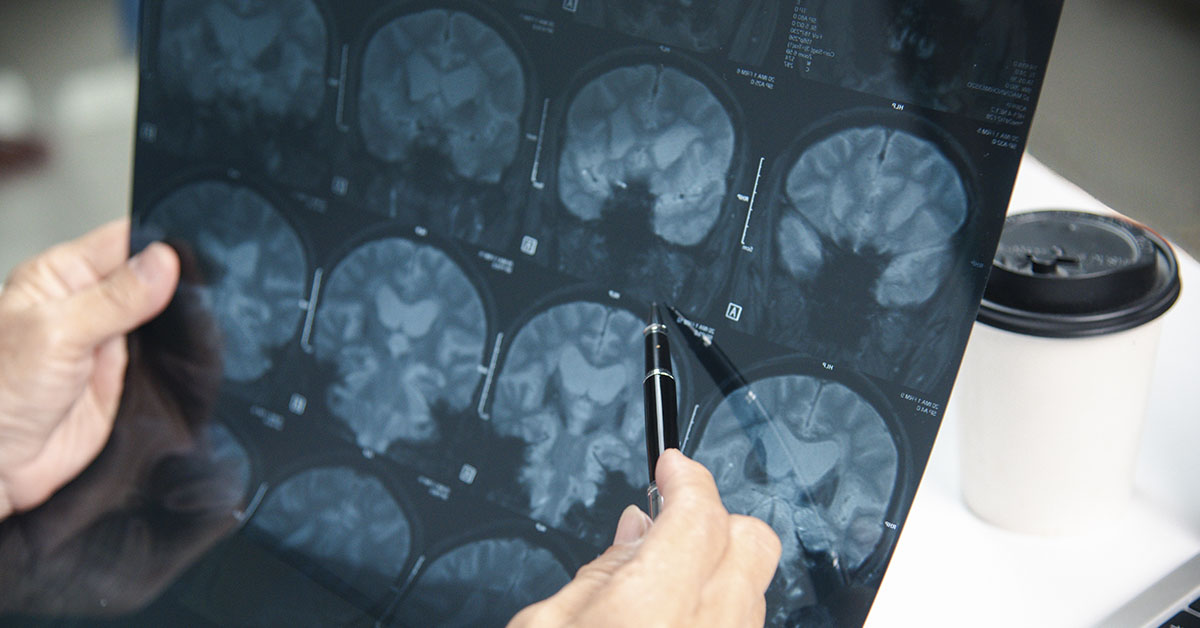Glioblastoma is the most aggressive and deadly cancerous brain tumor known to medical science. This form of brain cancer affects approximately 3,200 people yearly in the United Kingdom. So when Ben Trotman was diagnosed in 2022, his family braced for the worst prognosis. Typically, patients with Glioblastoma live an average of 15 months after diagnosis, and 6.9% survive up to 5 years.
Revolutionary Treatment Offers New Hope
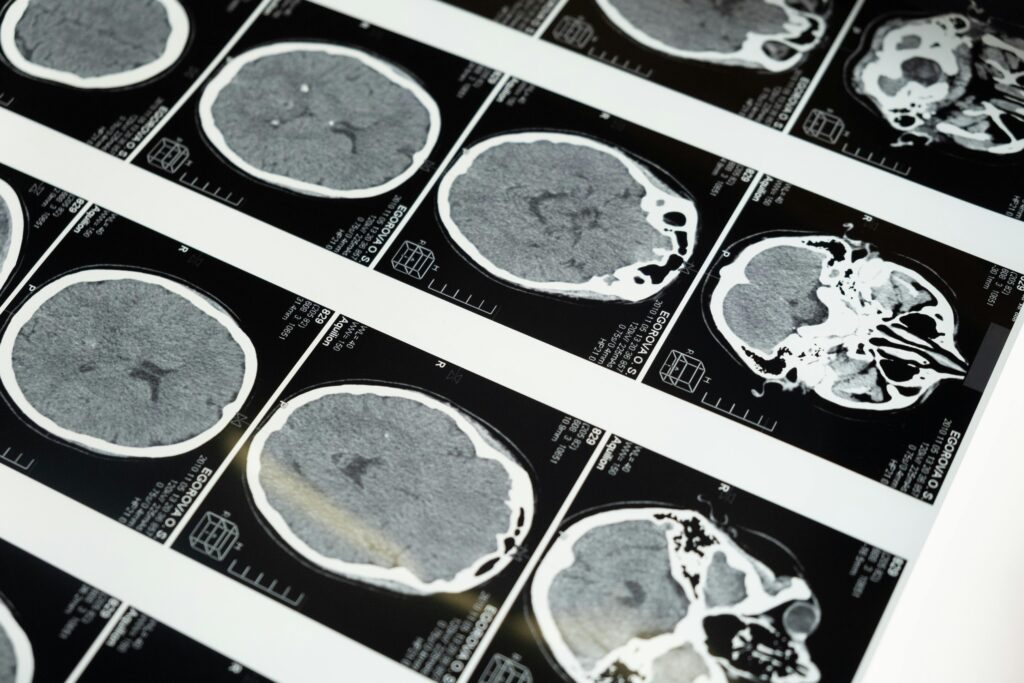
However, after receiving a remarkable new experimental immunotherapy treatment, Ben Trotman’s glioblastoma brain tumor has completely disappeared. This drug, a targeted immunotherapy treatment called Ipilimumab, represents a breakthrough that could bring new hope for glioblastoma patients. Trotman was treated by UCLH medical oncologist DR. Paul Mulholland at The National Hospital for Neurology and Neurosurgery at UCLH. Due to the lack of patients, Trotman was the only patient enrolled in the NeAT-GLIO trial, receiving ipilimumab.
Ben Trotman’s Extraordinary Journey
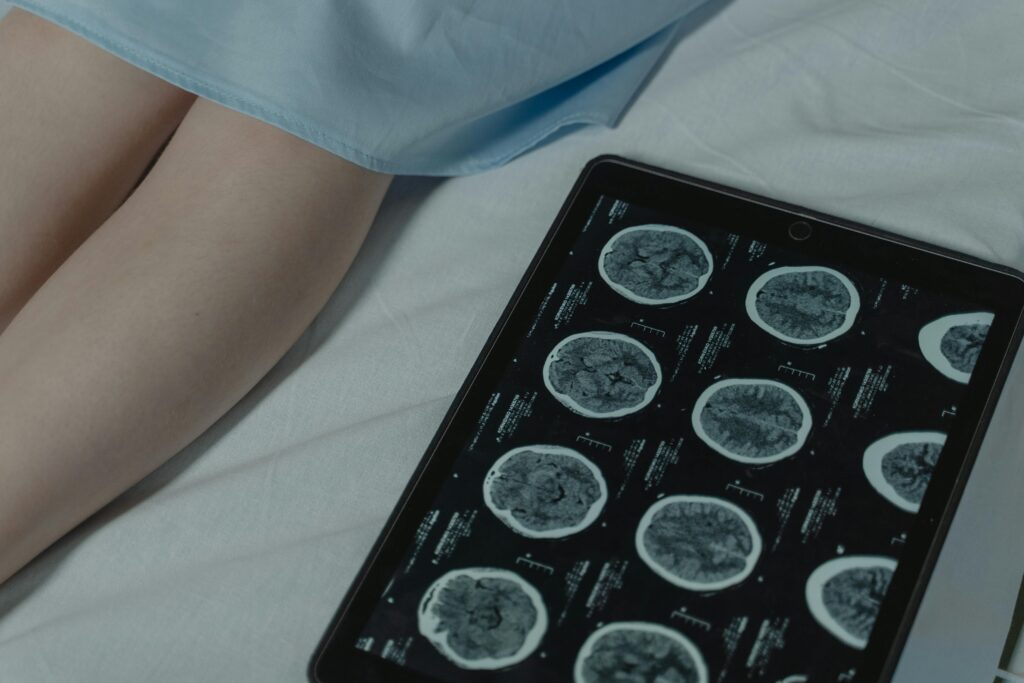
Ben Trotman received his glioblastoma diagnosis in October 2022 at age 40. The devastating news meant facing an average survival rate of just 15 months after diagnosis. Trotman also received radiation and chemotherapy. However, thanks to this experimental drug, Trotman gained his life back.
Just 2 months after receiving ipilimumab treatment, Trotman married his wife Emily. The couple welcomed their daughter Mabel in April 2025. More than 2 years after treatment, Trotman’s quarterly scans show no signs of brain tumor activity whatsoever.
Understanding Ipilimumab’s Mechanism
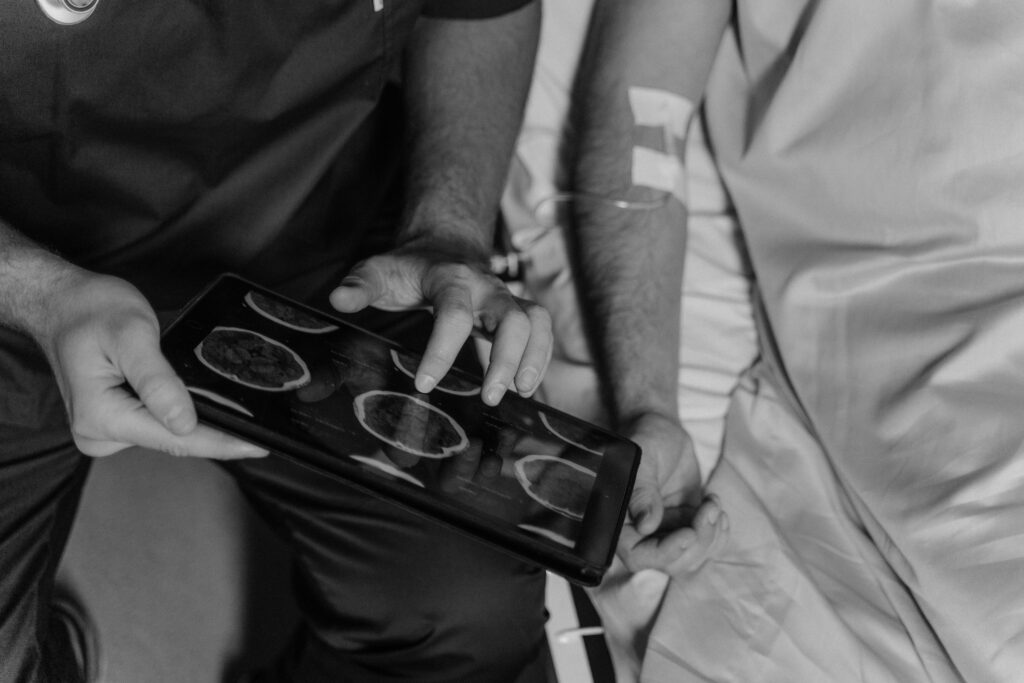
Ipilimumab is part of a class of drugs called immune checkpoint inhibitors. The medication works by blocking CTLA-4, a protein that normally blocks the immune system’s defenses. By removing these natural inhibitors, ipilimumab allows T-cells to attack cancer cells more effectively.
The drug binds to a specific protein on T cells. This prevents cancer cells from suppressing the body’s immune response. The immune system can then recognize and destroy brain tumor cells that would otherwise go undetected by the T cells.
Research demonstrates that ipilimumab can cross the blood-brain barrier and reach brain tumor sites. Studies show the drug achieves measurable concentrations in cerebrospinal fluid. This ability proves crucial for treating brain tumors effectively.
The Win-Glio Trial Launches

Dr. Mulholland and his team have opened a new clinical trial based on Trotman’s success. The Win-Glio trial will recruit 16 patients over 18 months. Patients will receive ipilimumab before standard treatments begin. This timing is vital as patients’ immune systems remain strongest before other therapies.
Honoring Margaret McDonagh

This study, nicknamed “Margaret’s Trial” honors Baroness Margaret McDonagh, who passed away from glioblastoma in 2023 and was treated by Mulholland. Dame Siobhain McDonagh led fundraising efforts that raised over £1 million for the trial. Her sister Margaret’s death from a brain tumor sparked this campaign to fund research into improving treatments for glioblastoma. The trial stands to raise awareness and marks Margaret’s final campaign to find effective brain tumor therapies.
Standard Care Evolution

The extent of success with current treatments for glioblastoma remains limited. Challenges remain, including tumor heterogeneity, tumor location, and tumor relapse, which affect the effectiveness of the current therapeutic strategies. The first step in treatment is surgically removing the tumor tissue. Surgeons remove as much tumor tissue as possible without damaging critical brain functions.
Following surgery, patients undergo radiation therapy to eradicate any remaining cancer cells. Patients typically receive treatments 5 days weekly for 6 weeks. This approach aims to destroy microscopic tumor cells that surgery cannot reach.
Temozolomide chemotherapy accompanies radiation treatment and continues afterward. This oral medication crosses the blood-brain barrier more effectively than other chemotherapy drugs. However, approximately half of patients show resistance to temozolomide treatment.
Research Breakthrough Implications

Trotman’s case demonstrates the potential of immunotherapies for brain tumor treatment. His surprising response of complete eradication of tumor cells suggests that timing immunotherapy before standard treatments could improve results significantly. The research team continues monitoring Trotman’s progress closely. His ongoing progress provides valuable data and insight for future development of better treatments.
The case study could reshape how doctors approach brain tumor immunotherapy timing. Dr. Mulholland’s research focuses on understanding brain tumor immune environments. His work explores how immunotherapy drugs can overcome the brain’s unique challenges. The goal involves making immune treatments more effective for brain tumor patients.
Future Treatment Directions

The Win-Glio trial results could potentially transform brain tumor therapies and prescribing ipilimumab could be a standard pre-treatment procedure. This change could improve survival rates for thousands of patients globally. Researchers are exploring combination immunotherapy strategies for brain tumors.
Different immune checkpoint inhibitors might work together more effectively in combating this malignant and aggressive cancer. These approaches could overcome individual drug limitations of the treatments. Developing personalized treatments that can effectively treat the brain tumor depending on the patient’s needs. This precision medicine approach could maximize treatment effectiveness for individual patients.
Conclusion
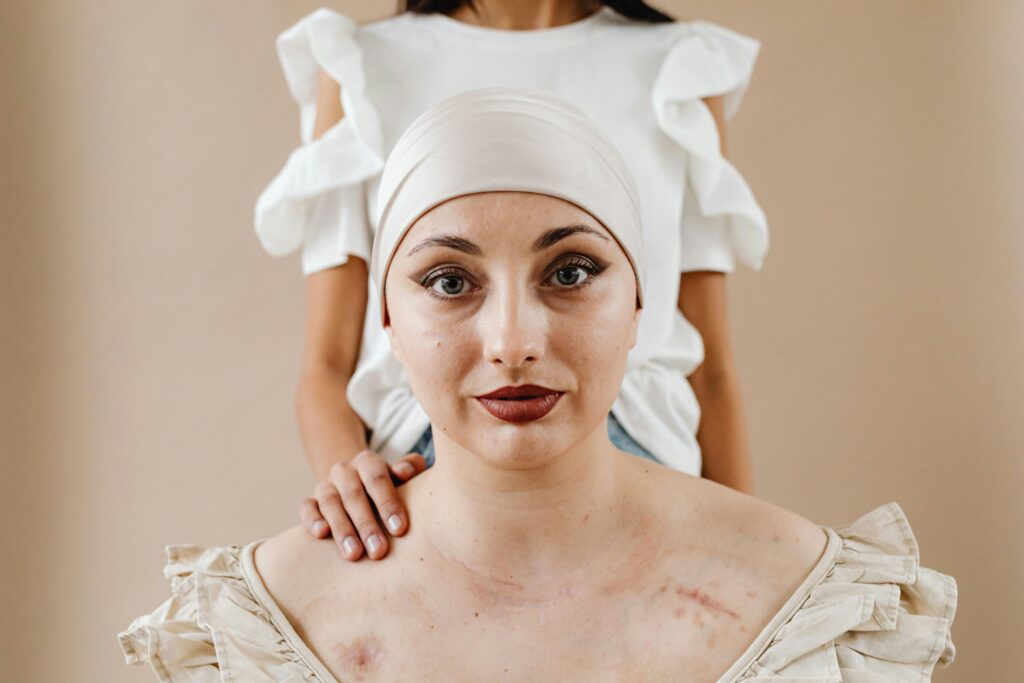
Approximately 3,200 people die yearly from glioblastoma in the UK alone. The average survival rate is grim, with 15 15-month life expectancy after diagnosis and a 6.9% chance of surviving past the 5-year mark. Trotman’s seemingly miraculous recovery and positive reaction to the experimental drug instills hope for future treatments. His case proves that even the most aggressive brain tumors can respond to innovative treatments when properly timed and administered.
Disclaimer: This information is not intended to be a substitute for professional medical advice, diagnosis or treatment and is for information only. Always seek the advice of your physician or another qualified health provider with any questions about your medical condition and/or current medication. Do not disregard professional medical advice or delay seeking advice or treatment because of something you have read here.
Read More: Woman’s Inoperable Brain Tumor Responds Rapidly to New Cancer Treatment
